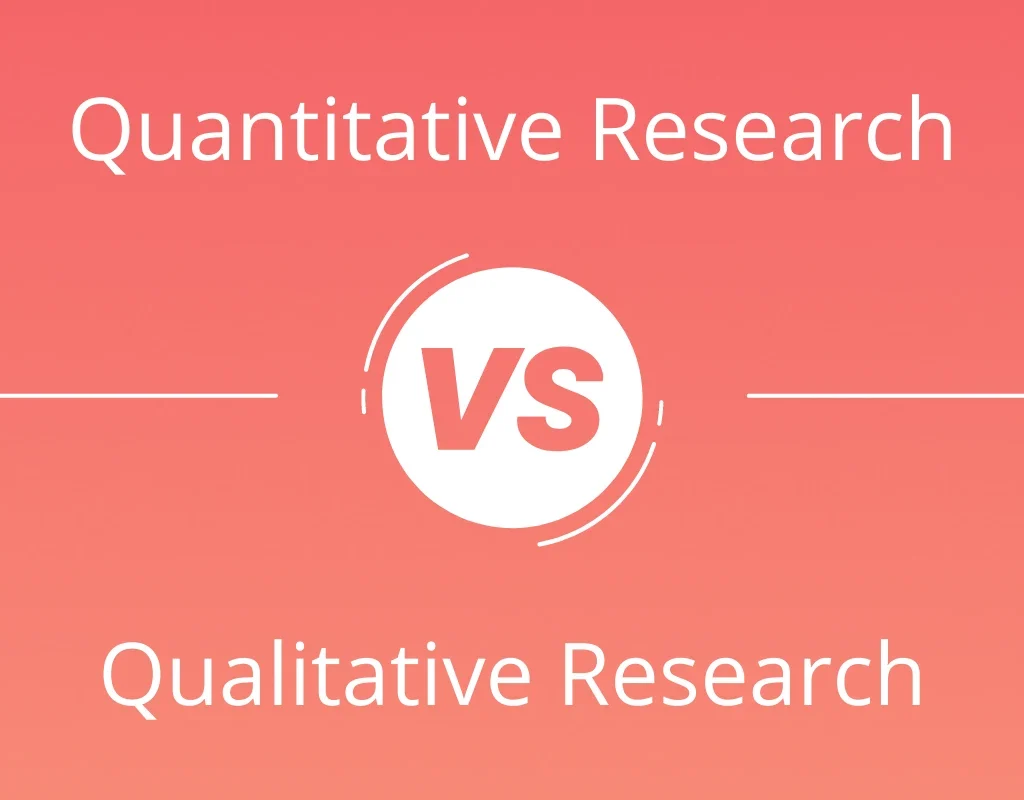Understanding the distinctions between qualitative and quantitative research methods is essential for selecting the appropriate approach for your study. Each method offers unique insights and is suited to different research objectives.
Qualitative research focuses on exploring phenomena through non-numerical data, aiming to understand underlying reasons, opinions, and motivations. It provides insights into the problem and helps develop ideas or hypotheses for potential quantitative research. Common methods include interviews, focus group discussions, and observations.
An example of a qualitative study is when a researcher conducts in-depth interviews with teachers to explore their experiences with remote teaching during the COVID-19 pandemic. This approach allows for a comprehensive understanding of the challenges and benefits perceived by the educators.
In contrast, quantitative research involves the collection and analysis of numerical data to identify patterns, test hypotheses, and make predictions. It seeks to quantify variables and generalize results for a larger sample population. Surveys with close-ended questions, experiments, and longitudinal studies are typical quantitative methods.
For example, a study that surveys 500 students to determine the correlation between study time and exam performance using statistical analysis to establish the strength and nature of the relationship is a quantitative study.
Key Diffrences
- Data Type: Qualitative research deals with textual or visual data, while quantitative research focuses on numerical data.
- Objective: Qualitative research aims to understand underlying reasons and motivations; quantitative research seeks to quantify variables and generalize findings.
- Outcome: Qualitative research produces in-depth, descriptive insights; quantitative research yields statistical analyses and trends.
Choosing the Appropriate Method
The choice between qualitative and quantitative research methods depends on the research question:
- Use qualitative methods when exploring new phenomena or seeking to understand experiences and perspectives.
- Opt for qualitative methods when you need to measure variables or test hypotheses.
In some cases, a mixed-methods approach combining both qualitative and quantitative techniques can provide a more comprehensive understanding of the research problem.
Both qualitative and quantitative research methods have distinct advantages and are suited to different types of studies. Understanding their differences and applications enables researchers to design studies that effectively address their specific questions and objectives.
For further reading on this topic, consider the following resources:
- Qualitative vs. Quantitative Research | Differences, Examples & Methods
- Qualitative vs. Quantitative Research: What’s the Difference?
- Qualitative vs. Quantitative Research: What’s the Difference?
These articles provide comprehensive insights the distinctions and applications of qualitative and quantitative research methods.


Fantastic beat I would like to apprentice while you amend your web site how could i subscribe for a blog site The account helped me a acceptable deal I had been a little bit acquainted of this your broadcast offered bright clear concept
Yo, bestie! How’s it going? I’m so hyped we crossed paths.
Browsing your website felt like indulging in a luxurious escape to the pristine beaches of Seychelles, where every detail is crafted for relaxation. The stunning imagery and well-organized content create a blissful atmosphere that invites exploration. I appreciate the opportunity to provide my feedback on this magnificent site.
Your website is like a melt-in-your-mouth fudge and I’d be thrilled to have a chocolate master like you stop by Copper formate recycling
Bye for now, and may your path be paved with blessings
Wonderful beat I wish to apprentice while you amend your web site how could i subscribe for a blog web site The account aided me a acceptable deal I had been a little bit acquainted of this your broadcast provided bright clear idea